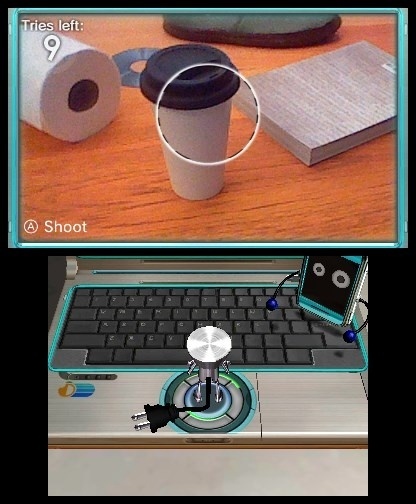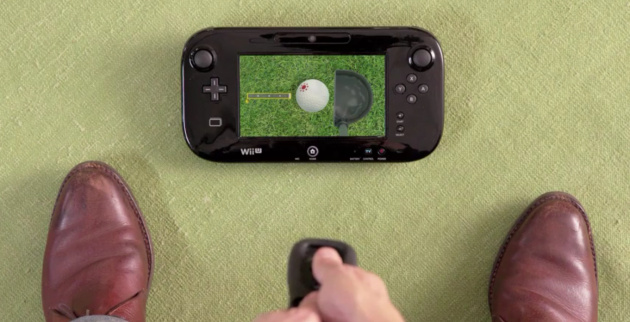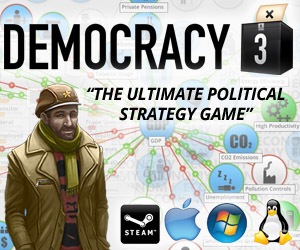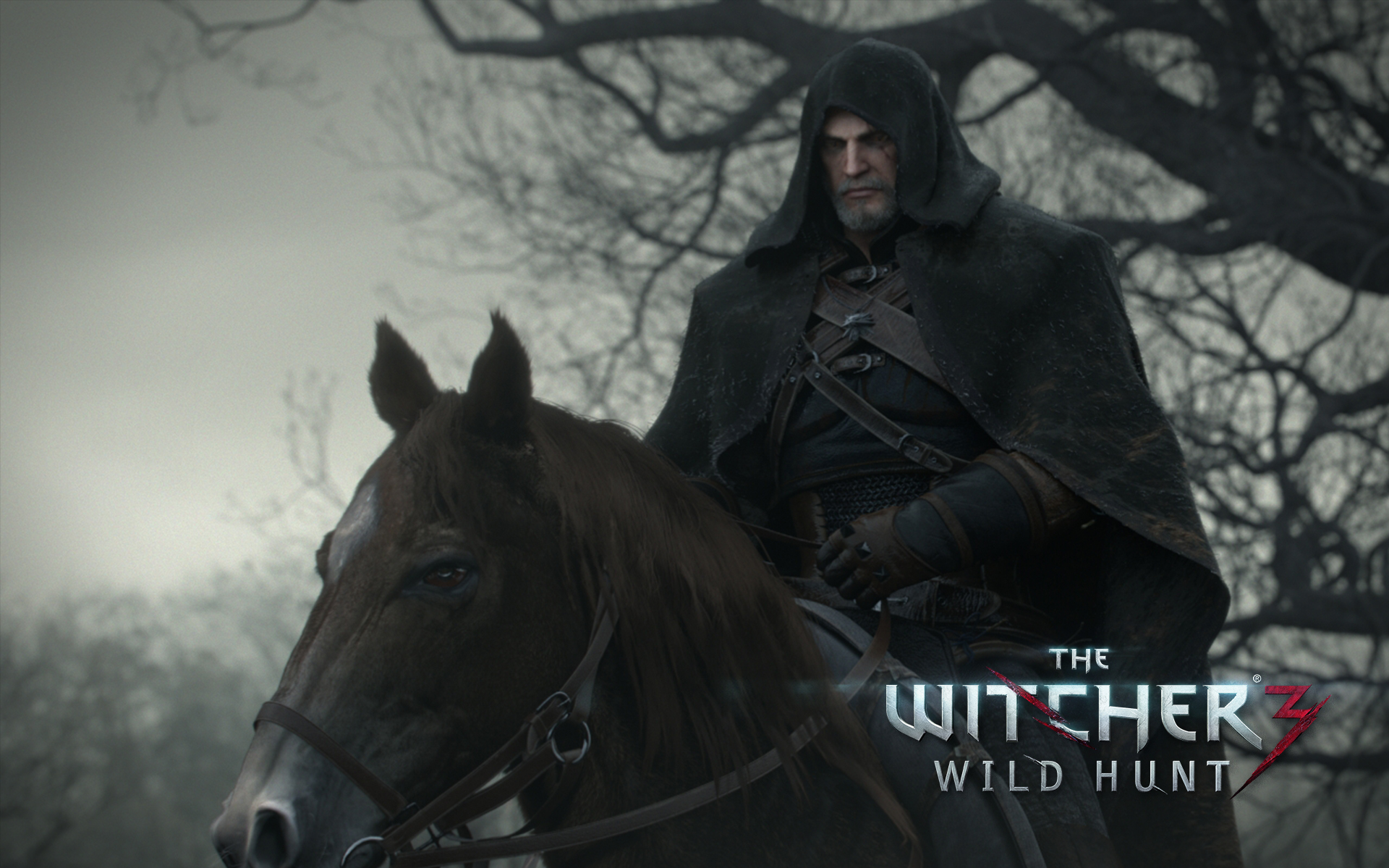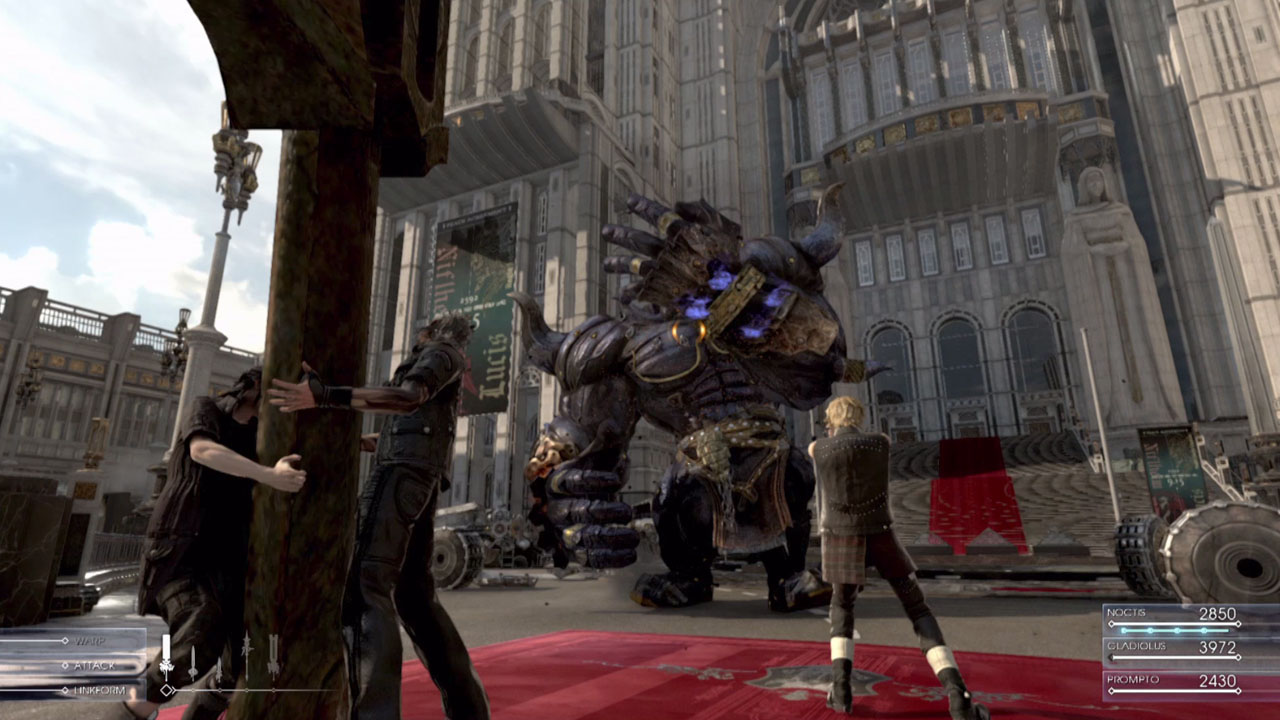Reviewed by: Jamaal Ryan
Despite the genuine concerns Nick Ramos might express for his fellow survivors, Dead Rising 3 recognizes how dumb it is. It's a game about killing hordes piled on top of hordes of zombies in over the top and comical ways, and that’s with any assortment and combination of inanimate objects you can get your hands on. While the story and sketchy writing can distract you with its stupidity, there’s a deep and highly entertaining game that lies beneath.
Nick Ramos lends a fresh face for this new console generation. He doesn’t have the journalistic intent Frank West had, nor the plausible care for another as what was seen with Chuck Green. Ramos’ objective is simple: get the f**k out of Los Perdidos.
Dead Rising 3’s narrative is more or less as serviceable as the numerous previous entries to the extent of acting as a strong plot device to give reason as to how and why a zombie outbreak has occurred, and how you’ll get out. This full-on third installment’s darker overture is short lived as Dead Rising still remains the campy polar opposite of more serious stories told around the undead. The game simply can’t keep a straight face on while you wear a Blanka mascot head with a children’s superhero costume on talking to a freakish dominatrix with a frightening penis shaped gun that shoots surprisingly efficient liquid nitrogen.
Many will forgive Dead Rising 3’s ludicrous story, especially those that are very familiar with the franchise; however some will sharply notice Dead Rising 3’s montage of Family Guy's most targeted stereotypes. You've got your monk garb wearing Asian, your Voodoo practicing West Indian, your "Bling-bling" obsessed, dollar sign chain wearing, "bitch-hoe" name calling thug, and your unsubtly promiscuous domineering military vixen. Dead Rising 3’s depictions are all but failed attempts for bringing the humor out of exaggerating what would said individuals do in a zombie outbreak. Fortunately, there’s much, much better ways to occupy your time than rolling your eyes at Picard-facepalm worthy stereotypes.
As a title released on new hardware, Dead Rising 3 looks like an impressive 360 or PS3 game, but boasts the muscle and power only made possible by the Xbox One. The lamented load times of previous entries have vanished. Outside of brief fades to black when transitioning to cutscenes and understandably long chapter to chapter segues, Dead Rising 3 is in constant play. Entering buildings, venturing into sewers, traveling to any of the four quadrants of the city, no matter what you do, Dead Rising 3 will almost never stop.
Barely a stutter.
Framerate has been a huge concern for this new installment leading all the way up to its release. Rendering a large city with no load times and hundreds upon hundreds of shoulder to shoulder, sidewalk to sidewalk occupying zombies is a massive technical feat. However in my experience, with the supposed taxing double flamethrower spewing Roller Hog crashing into a wall of zombies, slight framerate drops were – at worst – an uncommon occurrence. Outside of some fuzzy draw distance materialization, Dead Rising 3 runs like a dream.
Dead Rising 3 advises you to avoid being surrounded by zombies. I am here to recommend the exact opposite. In a game where the near absolute primary purpose is to lay waste to as much of the undead as possible, there couldn't be a more welcoming sight than a curb-to-curb sea of zombies inviting you to do your due diligence.
The epitome of satisfaction comes from eviscerating dozens of walking, rotting flesh at a time using devastating weapon constructions as your kill count multiplier sores well into the triple, even quadruple digits; whether that may be by navigating an RC toy helicopter armed with missiles and a machine gun, or rolling around with a teddy bear strapped with twin LMGs sitting on top of a wheelchair. This is why you've come to Dead Rising 3, and it never, ever gets old.
I'm gonna get off right here.
Dead Rising 3 builds upon the franchises best ideas along with adding new features; and this begins with leveling up and weapon combinations. Leveling up happens rapidly as you continue to improve upon your increasingly capable Nick Ramos dumping earned Attribute Points – awarded after each level progression – into skill lines and purchasing item categories. Building up to earning unlimited sprint and being able to construct a mobile locker where you can access your massive weapons cache from anywhere is more than worth the grind.
However one of Dead Rising 3’s biggest features lie in what you can build. Improving on the Combo Cards from the Dead Rising 2 series and introducing the new Blueprint system, leveling up can now allow you to combine any two items from entire categories to craft a new weapon. For example, if I want to craft the satisfyingly overpowered Z.A.R. which calls for an assault rifle and shotgun, once I’ve purchased the Firearm category – being that both an assault rifle and shotgun fall under that label – I can combine any two guns to make a Z.A.R., whether that may be a hand gun, flare gun, LMG, what have you. If I wanted to craft a Flaming Sword that originally required a broadsword and motor oil, after picking up the blade and chemical categories, I can craft a Flame Sword out of a pair scissors and a bottle shampoo if I wanted to. The specificities only lie in Super Combos which allow you to craft a more powerful item out of an existing combo. Dead Rising 3’s new crafting system is hugely satisfying as the more categories you unlock with Attribute Points, the more likely it is that at any given time there may be multiple items in your inventory that you can use to craft.
Navigating Los Perdidos is made better with combo vehicles. Aligning with the same concept as building weapons, Blueprints also allow you to combine two vehicles to construct a weaponized superior ride. Each combo vehicle has their own ways of cutting a path through blankets of the undead, whether that may be by shooting up-arching missiles, sucking them up and delivering rotten meat packed spheres, or deploying blades on both sides of the vehicle.
Moving from one point to the next on wheels is vastly more entertaining than most open world titles; however the deliberate placement of impenetrable road blocks do make trips a bit tedious, especially when main mission objectives have the tendency to appear on the opposite end of Los Perdidos from your current location. This forces you to access Dead Rising 3’s sluggish map, but with fragile vehicles – all holding an element of fragility even after the “Indestructible” skill is unlocked – having to hop out into the thick of the zombie infestation seeking refuge on top of cars while searching for more functional vehicles, though the city could use a little less combustible road hazards, it’s a consistently excellent change of pace.
Road Warrior.
Quantitatively, Dead Rising 3 doesn’t have the vast number of distractions as you would find in a typical open world game. Survivor side missions are delivered via a faceless anonymous caller who locates desperate survivors that assign fetch quest in exchange for their minion service. But ultimately the only incentive to complete said missions is to earn experience points. Leading additional party members becomes a hassle, especially at times when you’re waiting in your vehicle as they make their way to the passenger seat swimming through a sea of zombies. It becomes more apparent that they’re hardly worth the effort as there are so many other ways to level grind, and you’ll do enough of your own fetching on your own time.
And explore you shall. I’ve had more fun fetching for collectibles in Dead Rising 3 than any other sandbox title in recent memory. It’s less of a passive distraction and more of an autonomous trail of risk and reward. Downtime is nearly nonexistent in Dead Rising 3 as zombies are present everywhere you go. Blueprints sit on top of your list of collectables as each time you discover one, there’s always enough zombies around to test your new construction. Some players may grow easily fatigued from the incessant chopping and whacking and shooting of countless zombies, especially if they’re on their way to a Frank West Statue sitting on top of a building; but others will instantly appreciate the constant danger and plenty of opportunities to kill zombies along the way. In this infested Los Perdidos, there’s never a dull moment.
Dead Rising 3 is far from perfect; but even when it falters, it still occasionally earns your forgiveness. Controls feel a bit hampered; but some issues can be avoided, and what can't be fades in acclimation. There's a consistent albeit serviceable delay in movements such as jumping and climbing, but the consistency works in your favor for knowing when to time jumps. Camera use for projectiles and guns is atrocious, but there aren't many situations where precise aiming is required in a game where hundreds of zombies occupy your field of vision.
The game’s controls are exacerbated during boss fights. These encounters suffer from Deus Ex syndrome where the mechanical design that’s structured around killing hundreds of enemies doesn't necessarily fit for a single opponent. However many of the bosses are well diversified, varying in both aesthetical and combat encounter design. From Twisted Metal style car combat to hallucinogenic obscurity akin to Arkham Asylum's Scarecrow boss fight, most of the appropriately labeled “Psychos” are still entertaining, flaws in tow.
Easily Dead Rising 3’s most forgettable features are products if this new generation. Though this launch title comes with the obligatory integration of Kinect and SmartGlass, they’re largely un-intrusive to the play experience as a whole. Kinect voice commands range from needless menu selection to issuing survivor orders and taunting and/or luring enemies. The SmartGlass app is clumsy, but provides useful traversal tips, item and store locations along with extra mission content. Though each feature serves a purpose, neither Kinect nor SmartGlass has anything to offer that face buttons and a few menu options couldn't or don’t already accomplish better.
No thanks.
Strangely enough, Dead Rising 3 is also a bit misleading. The next gen launch title has been marketed as freeing itself from the noxious time limit that the Dead Rising franchise has partly been defined by. However very early in the game, it becomes clear that Ramos must complete his business in Los Perdidos within a week. Even by Dead Rising 3’s standards, that’s plenty of time; however if you’re not carefully monitoring the clock as you clear the streets of the undead and stock up on collectables, the countdown can bring you to an unfortunate end.
The Bottom Line
By all accounts, Dead Rising 3 deserves to be one of your very first Xbox One launch titles. It may not look the part, but the sheer magnitude of zombies active on screen and the chaotic mess you can make of them alone is an experience worth having. Dead Rising 3’s new combo weapon Blueprint system represents the game’s replay value. With over 100 different weapon combinations available, expect to lose track of time soaking the pavement with rotten flesh in any number of different ways. Dead Rising 3 might be flawed with tedious road blocks, imperfect controls and some embarrassing stereotypes, but none if it gets in the way of enjoying this zombie squishing game.
+ Blueprint offering standalone replay value
+ Challenging exploration
+ Incentivized leveling system
+ True next gen performance
- Offensive stereotypes
- Occasionally fumbling controls
SCORE: B-










